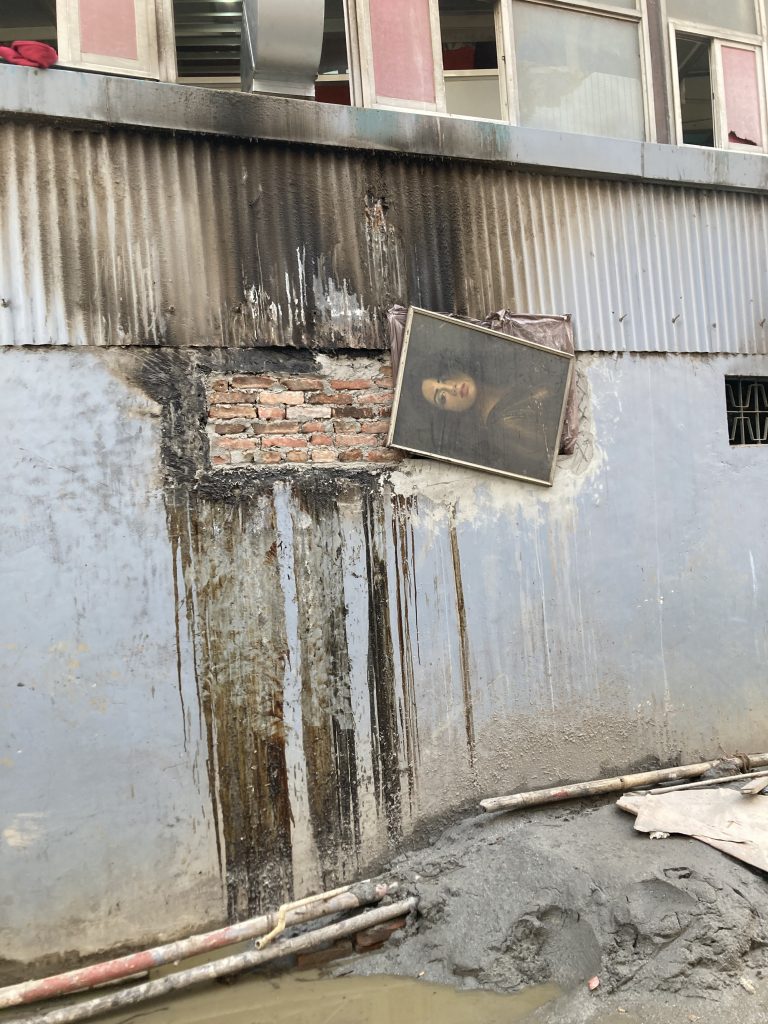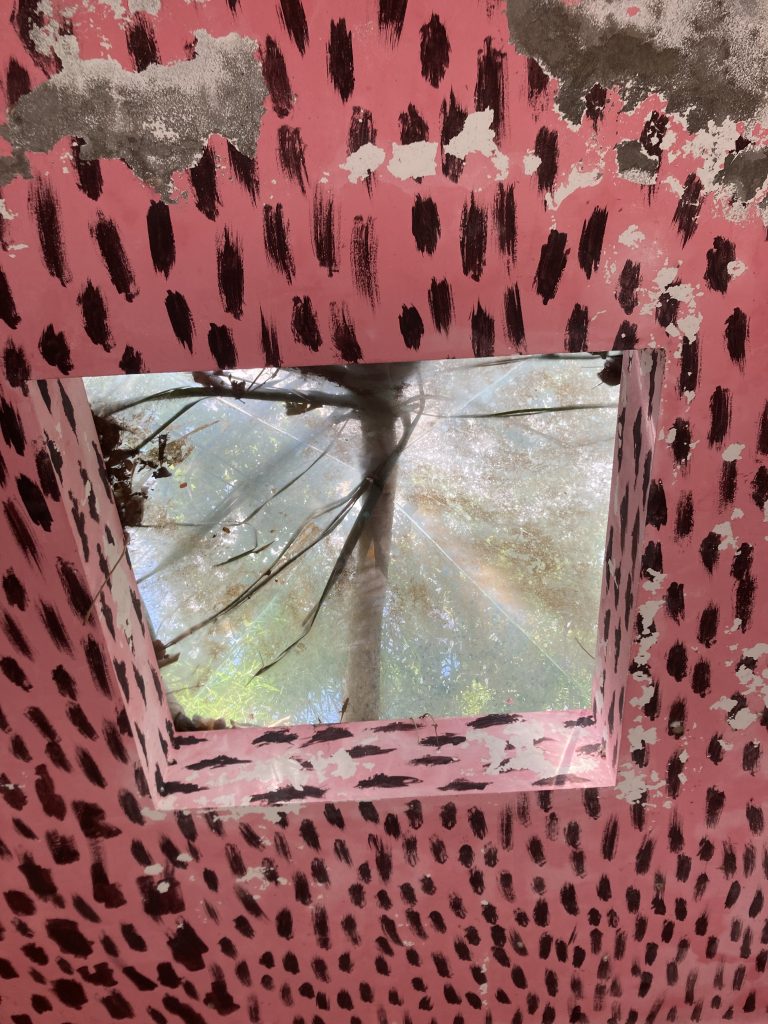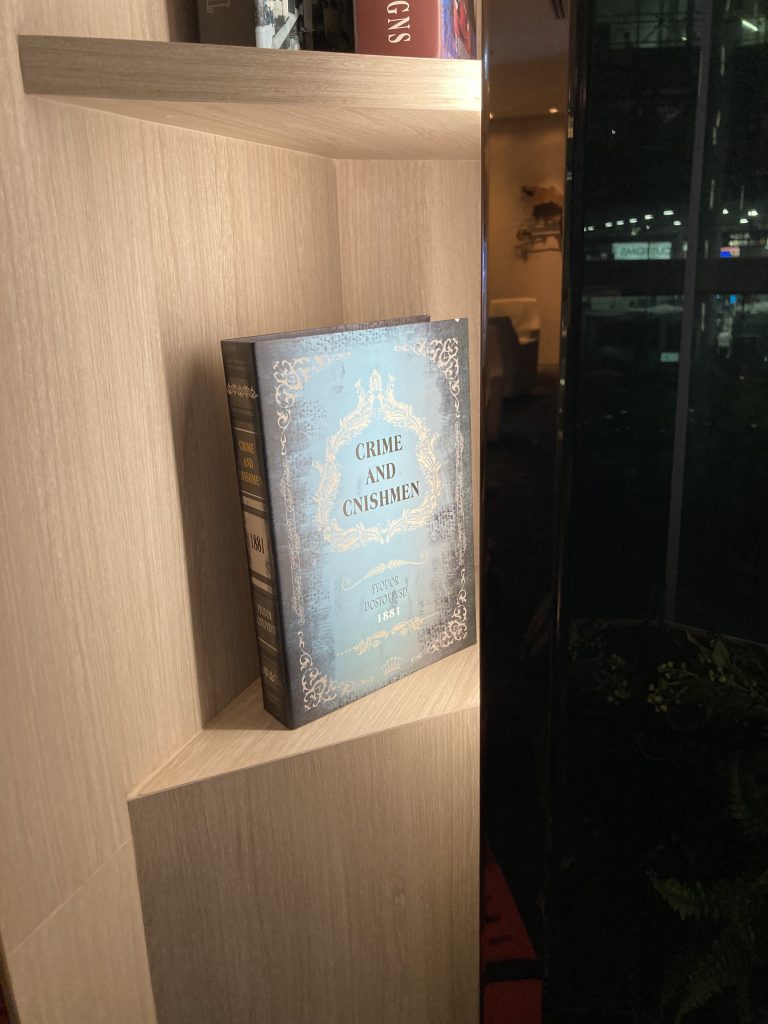Observer Effect
There is something about people who loiter in dispensaries, something that makes them less bearable than your run-of-the-mill addict. It’s the snobbery, I think. The same depth of knowledge and willingness to flaunt it that certain serious coffee drinkers sometimes exhibit. Legalization, which I’m generally for, has only made it worse. The people who were smoking premium pot before it could be bought in-store lord it over those who started smoking when it was safe. The people who stick to edibles talk lung cancer and the people who smoke talk diabetes. It’s the same entitlement capitalism breeds in every market- each consumer must think they alone are consuming the most efficiently. The most ethically.
All of these people are present at ‘Borderline,’ and I get the sense that everyone knows I am the lowest common denominator.
I order a coffee. I’ve given everything else up.
‘Combine the legalized weed of Colorado and the cheap chemical moonshine of Arizona’s Charles County and you get a half-mile, yard-wide strip of land where a person can be truly cruel to their body and break no laws in the process. ‘Borderline’ owns this property in its entirety and what it loses in double taxation it makes up for with a frighteningly loyal customer base- one that leans libertarian and gun-owning.
Police tend to steer clear of ‘Borderline,’ mostly due to a series of successful suits waged on local departments, claiming that officers from either or both sides were acting out of jurisdiction and arresting citizens who were breaking no local laws. ‘Borderline’ has compensated by employing a private security team for each side of the property, each with a very strict protocol regarding what they are legally allowed to do to customers on either side of the border. Bouncers on one side sometimes herd unruly customers to the other, creating a ping-pong game of angry drunkards.
‘Borderline’ sits in stark contrast to the legal puzzle box that sits at ‘Four Corners.’ No man sits at ‘Four Corners’ without breaking one law or another. It is impossible to visit without arrest.’
My order for coffee takes a while. I get the sense they don’t particularly want to brew it but why else have it on the menu? Why not just tell me the machine is broken?
It takes me a while to realize that there is no music playing at ‘Borderline,’ that the atmosphere is almost business-like. People arrive on their own and set about the business of getting blasted with bored determination. They sway in their chairs. They knock over their bongs. They call for another drink, the smell of which I had originally mistaken for some sort of industrial cleaner. They watch me watching them and they begin to get upset.
Nobody wants to be seen like this.
I take my coffee to go and get pulled over across the country line.
Freshly broken taillight.
-traveler





